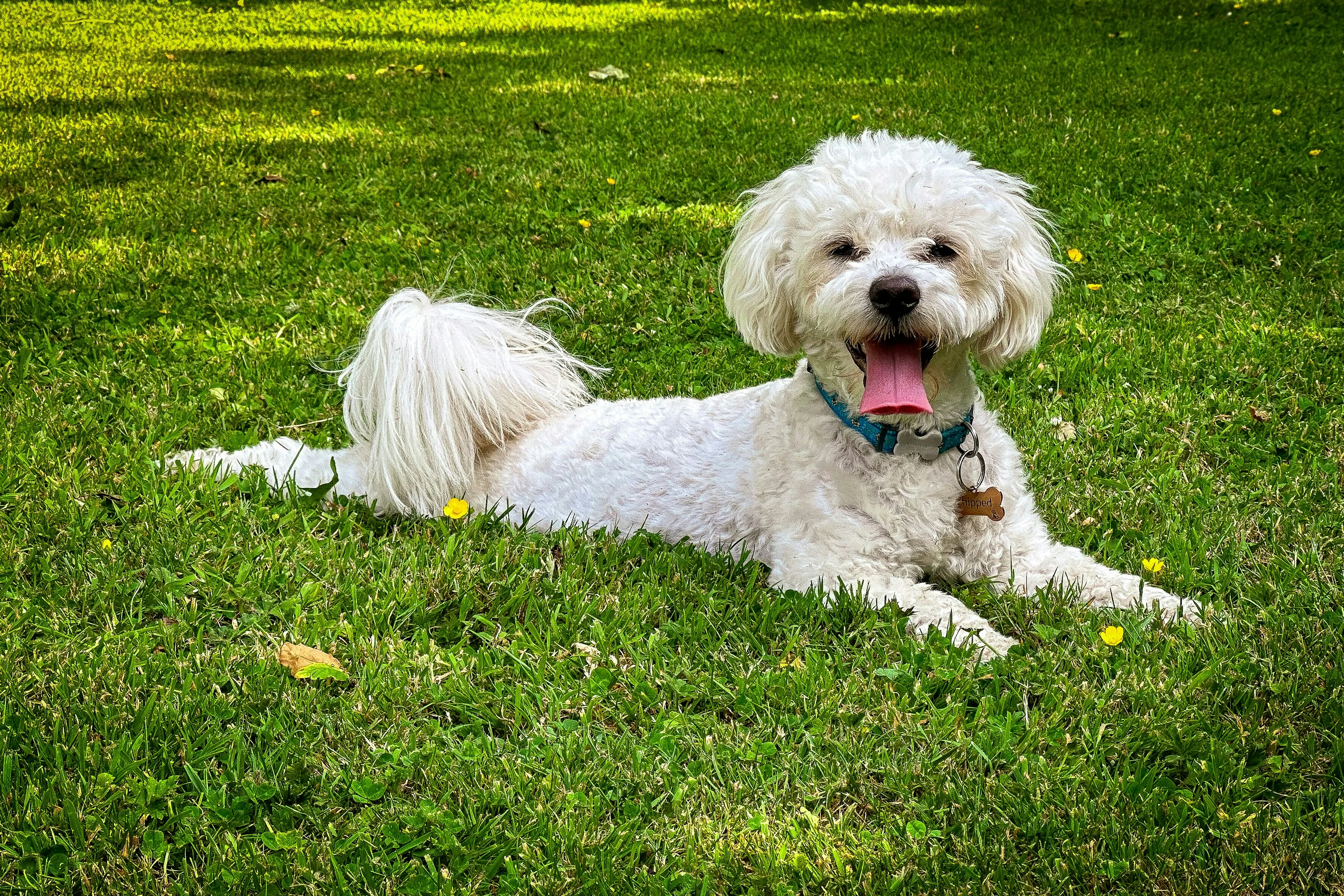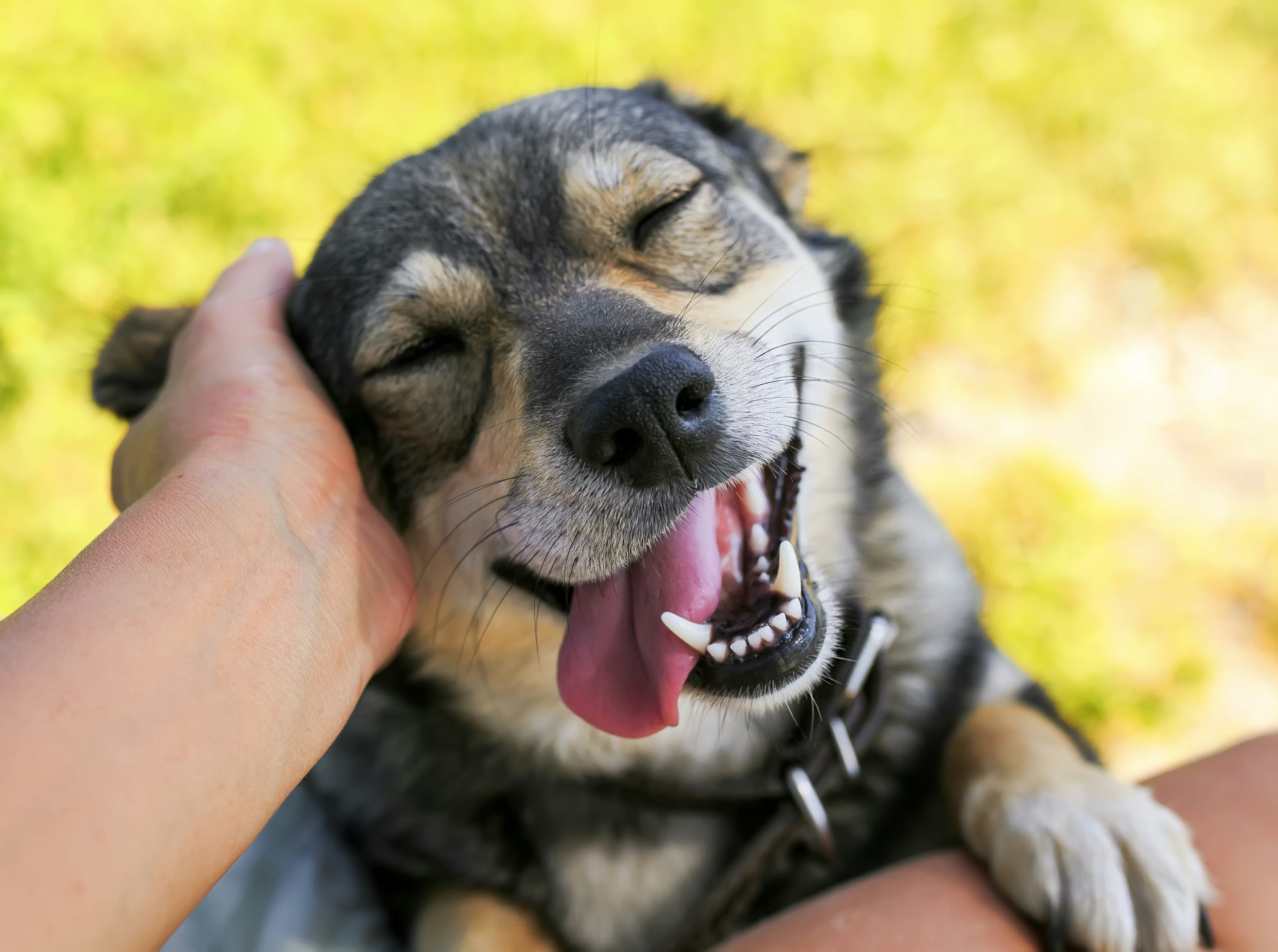Whoever said good things come in small packages must have been a small dog parent.
Small dog breeds conjure smiles everywhere they go, thanks to their adorable looks and endearing personalities. But, like dog breeds of other sizes, these little pups are susceptible to health challenges. So let’s take a look at some of the health problems that commonly affect small dogs.
Are small dogs more prone to health problems?
Some people wonder if small dog breeds are more likely to experience health issues than their larger counterparts. And the answer to that question is complicated. While it’s true that small dogs have specific health vulnerabilities, the overall prevalence of health problems is not necessarily higher. Genetics, lifestyle, and other external factors can all play a role in a dog’s overall health. The health conditions that follow are not unique to small breed dogs, but are ones pet parents may see in their small furry friends.

Health issues commonly seen in small dog breeds
Dental disease
Dental disease risk, including gingivitis and periodontal disease, is higher in small dog breeds for a number of reasons, including crowded teeth and genetics. Signs of dental issues include:
- Bad breath
- Dental plaque and calculus buildup
- Red or swollen gums
- Difficulty eating
Breeds like the Yorkshire Terrier, Chihuahua, and Maltese are examples of small breeds prone to dental issues.
A combination of at-home dental care and professional exams and cleanings are the best way to prevent and control dental disease. This includes regularly brushing your dog’s teeth, providing safe dental chews, appropriate diet as recommended by a veterinarian, and taking your dog for professional dental cleanings.
Patellar luxation
This condition involves the dislocation of the kneecap, leading to limping or abnormal gait. It’s common in small dogs, particularly in breeds such as the Chihuahua and Pomeranian.
Signs of the condition may include intermittent lameness, decreased flexion of the knee joint when walking, or a "skipping" gait while walking. However, signs of a high-grade luxation are much more subtle and difficult for pet parents to recognize. For many dogs, both knees are affected, and if they have an uncorrected severe-grade luxation, with time the muscling and bone will change, causing a bowed leg.
Unfortunately, patellar luxation is likely a complex genetic trait, and severe grade luxations warrant orthopedic surgery. However, there are things you can do to reduce the progression of arthritis in the knee joint if your dog has patellar luxation. The most important is to keep your pup at a healthy weight to lessen the stress on their knees. Your veterinarian can recommend whether surgery is indicated, and suggest anti-inflammatories, joint supplements or diet that can help nourish the cartilage of the joint and slow development of arthritis.

Cryptorchidism
Cryptorchidism, known in common terms as “undescended testicles,” is the failure of a testicle to drop into the scrotal sac during development. The retained testicle instead remains in the groin area or abdomen. Though both testicles can be retained, it’s more common for the condition to affect just one—and most often the right one.
Surgery to remove the undescended testicle(s) will eliminate risk of complications, including testicular torsion—a painful medical emergency—or testicular cancer.
Research conducted by the Wisdom Panel team led to the discovery of a variation in the
HMGA2 gene that likely increases a dog’s risk of cryptorchidism. Though cryptorchidism can occur in any breed, it’s more common in smaller breeds, including the Yorkshire Terrier, Pomeranian, Chihuahua, Poodle, and Miniature Schnauzer.
Tracheal collapse
This condition is caused by a weakening of the cartilage arches that reinforce the trachea (windpipe). The change in pressure with inhalation and exhalation slowly stretches out the membrane connecting the arches, leading to a collapse of the trachea, especially with exercise or excitement. Dogs with this condition can become distressed when this happens, causing faster breathing and a worsening of the collapse. Signs of tracheal collapse include:
- Coughing with excitement or exercise
- A honking cough
- Difficulty breathing
- Gagging
- Intolerance to exercise
Predisposed breeds include the Toy and Miniature Poodle, Yorkshire Terrier and Pomeranian.
To keep symptoms of tracheal collapse from worsening, use a harness instead of a collar to avoid pressure on the neck. Other situations dogs with this condition should avoid are strenuous exercise, excessive heat or humidity, over-excitement, and irritants such as smoke.
Hypoglycemia
Low blood sugar, or hypoglycemia, is common in small breeds (especially in puppies). It can cause weakness, seizures, and in severe cases, loss of consciousness or death. Toy breeds are particularly at risk due to their high metabolic rate, smaller body size predisposing them to cold, and low body fat.
Hypoglycemia is a serious condition, but luckily there are ways you can prevent episodes from occurring. These include:
- Giving your dog regular, small meals throughout the day to maintain blood sugar levels
- Feeding a balanced diet
- Monitoring your dog for listlessness or decreased activity
- Scheduling regular veterinary check-ups

Chondrodystrophy with Intervertebral Disk Disease (CDDY with IVDD risk)
IVDD is a degenerative disease of the discs of the spine. As in humans, dogs have discs between each bone of the spine that serve as a joint and a cushion for movement.
Intervertebral disc disease is classified as either Hansen’s Type I or Hansen’s type II IVDD. Type II is associated primarily with large breed senior dogs. Type I is the most common overall, and is usually associated with the CDDY with IVDD variant in small and medium breed dogs, although it’s found in more than 90 breeds.
CDDY causes calcification, or bone formation, in the central portion of the disc. If that material escapes the retaining fibrous outer ring of the disc, it can bulge or burst into the spinal cord space, called herniation, and cause pain and pinching of the spinal cord. This condition is commonly known as a "slipped disc." Signs of IVDD include:
- Neck, mid or lower back pain
- Difficulty walking
- A hunched posture
- Reluctance to stand up or jump
- Lack of coordination or paralysis of hindlimbs
Dachshunds, French Bulldogs, Cocker Spaniels, Beagles, Miniature and Toy Poodles, Shih Tzus, Pekingese, and other breeds that are intentionally bred to have short legs or a compact build are often at risk for this condition. Wisdom Panel Essential and Premium include a health test for the CDDY risk variant.
There is currently no cure for IVDD. Maintaining a healthy weight and muscle tone are the best known prevention, and of course close monitoring for signs of a slipped disc so your pup can be treated as soon as possible if it should occur.
Granulomatous meningoencephalitis (GME)
GME is a severe, progressive inflammatory disease of the central nervous system, affecting the brain, spinal cord, and their protective membranes. It’s more commonly seen in young to middle aged small dog breeds, including the Poodle, Yorkshire Terrier, Maltese, Chihuahua, and Dachshund.
Signs of GME include:
- Seizures
- Weakness
- Incoordination
- Blindness
- Behavior changes
- Neck or back pain
The exact cause of GME is unknown. Genetics are likely a factor in its development, though an autoimmune disorder, where the dog’s immune system mistakenly attacks its own central nervous system, may also play a role. While there is no cure for GME, treatment typically involves immunosuppressive medications to reduce inflammation and manage signs.

Heart disease
Small dog breeds are prone to various heart diseases, including mitral valve disease. Mitral valve disease occurs when the valve between the left ventricle and left atrium of the heart deteriorates, causing blood to leak back through the valve. Over time, this can lead to left-sided heart failure. Some small dog breeds, including the Cavalier King Charles Spaniel, are predisposed to this condition.
Signs of heart disease include:
- Coughing
- Lethargy
- Difficulty breathing
- Exercise intolerance
Regular veterinary check-ups to catch early signs and medication can help manage the effects of heart disease.
Obesity
Obesity affects dogs of all shapes and sizes and can lead to a host of health problems, including diabetes and joint issues. But small dogs, with their smaller size, can easily become overweight if their diet and treats are not closely monitored. After all, those extra calories can add up fast for a small pup.
There are several things you can do to prevent obesity in your dog:
- Avoid free-feeding, which makes it difficult to monitor how much your dog is eating. Instead, stick to a feeding schedule and use a food scale or measuring cup to portion out your dog’s food.
- Make sure to account for treats in your dog’s daily calorie intake, and keep calories from treats to 10% of less of their total. Many treats are sized for larger dogs, so they may need to be cut into pieces for smaller pups.
- Weigh your dog regularly so you notice changes sooner when they are easier to correct.
- Ask your veterinary clinic to show you how to feel your dog’s body to check their body condition; many vet clinics have charts they can share to help you understand what appropriate body weight looks like.
- Take your dog for daily walks or play sessions so they stay active. An activity tracker, like a Whistle smart device, is a great way to understand your dog’s activity level.
Cushing’s disease
Cushing’s disease, also known as hyperadrenocorticism, is an endocrine disorder that occurs when the body produces too much cortisol. Cortisol is associated with the “fight or flight response” and is a steroid hormone produced normally by the adrenal glands.
Cushings can be caused by a tumor of the pituitary gland near the brain, or the adrenal glands themselves. The disease typically affects older dogs, and Yorkshire Terriers, Dachshunds, Poodles, and Boston Terriers are among the small dog breeds at higher risk.
Common signs of Cushing’s disease include:
- Increased hunger, thirst, and urination
- Thinning hair or hair loss
- Low energy
- Panting
- Skin infections
- Pot-belly stomach
- Excessive panting
- Muscle wasting
While there’s no direct way to prevent Cushing’s disease, early detection and management through medication can control signs and improve your dog’s quality of life. If you notice any signs of Cushing’s disease, talk with your veterinarian about next steps for ruling out or confirming the condition.

Final thoughts
At Wisdom Panel, we firmly believe that knowledge is power. Having awareness of some of these common health issues that can impact small dog breeds can help pet parents seek timely veterinary care and improve their pet’s quality of life. As always, partnering with your veterinarian is the best way to ensure your pup is getting the best care for their specific needs.
Resources:



